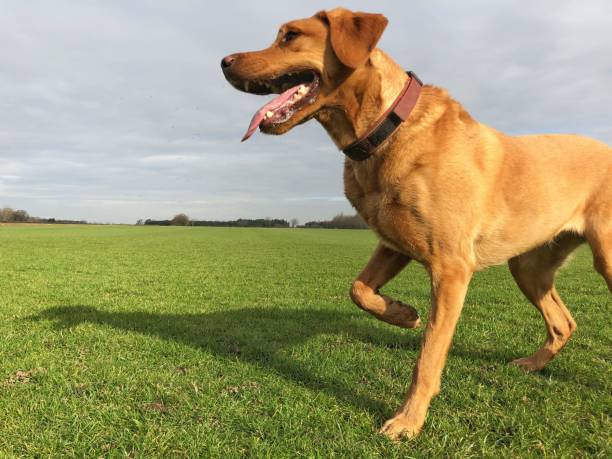
You have heard the saying, “It takes 10,000 hours to master a skill.” At CVSG, we are proud to say two of our incredible team members, Tia Barlow and Monica McGee, are living proof of that dedication!
Tia and Monica are officially working toward their Veterinary Technician Specialist (VTS) in Emergency & Critical Care (ECC) certification — one of the most prestigious achievements in veterinary nursing. This journey takes years of experience; over 5,000 hours nursing patients in ECC, 25+ hours of continuing education classes, skill mastery, case studies, photos, videos, letters of recommendation, and finally, a grueling board exam that only a few pass on their first try. We are thrilled to support Tia and Monica by purchasing necessary books, funding the exam fee, and with paid time off to study and prepare for the test in September.
VTS certification may be achieved by technicians seeking a higher level of recognition for their skills and a desire to coach and teach others in other disciplines within veterinary medicine. Currently VTS certification is available in:
• Dentistry
• Anesthesia and Analgesia
• Zoological Medicine
• Behavior
• Dermatology
• Equine Nursing
• Nutrition
• Physical Rehabilitation
• Ophthalmology
• Surgical Nursing
• Diagnostic Imaging
• Internal Medicine
• Clinical Pathology
• Laboratory Animal Care and Welfare
• Clinical Practice (in three species-specific categories: canine/feline, avian/exotic, and production animal).
Monica’s path toward becoming a VTS-ECC candidate started when she was little and decided she wanted to become a veterinarian. Monica discovered a career in “nursing for animals” existed which sounded like a better fit; she applied to and was accepted at Michigan State University where she earned her B.S. degree in Veterinary Technology. Because she has a goal to strive to be the best of the best in what she does as a career, and as an example to her daughter that you can achieve anything you set your mind to, Monica accepted the challenge to work toward VTS-ECC certification.
Tia’s road toward VTS certification started with a similar ambition to become a veterinarian. Tia found the option to become a veterinary nurse which she achieved by earning a foundation of science degree through the Veterinary Nursing School of the Royal Veterinary College in the United Kingdom. Tia earned a certificate in Emergency/Critical Care Nursing (ER and ECC) following an additional two years of study in England. After moving to the U.S. and becoming certified in Colorado as a Registered Veterinary Technician, Tia’s continued passion for emergency and critical care led her to pursing her VTS-ECC designation.
The path is tough, but Tia and Monica are tougher. Their commitment to excellence and patient care inspires us daily, and we are beyond lucky to have them on the CVSG team.
Join us in cheering them on as they take their licensing exam in September 2025 and continue to raise the bar for veterinary care!
#CVSGProud #VTS #VeterinaryExcellence #MasteryInAction #EmergencyVet #VetTechStrong #10KHours #WomenInVetMed #ECCSpecialistInTheMaking#youcandoanythingyouworkhardfor




